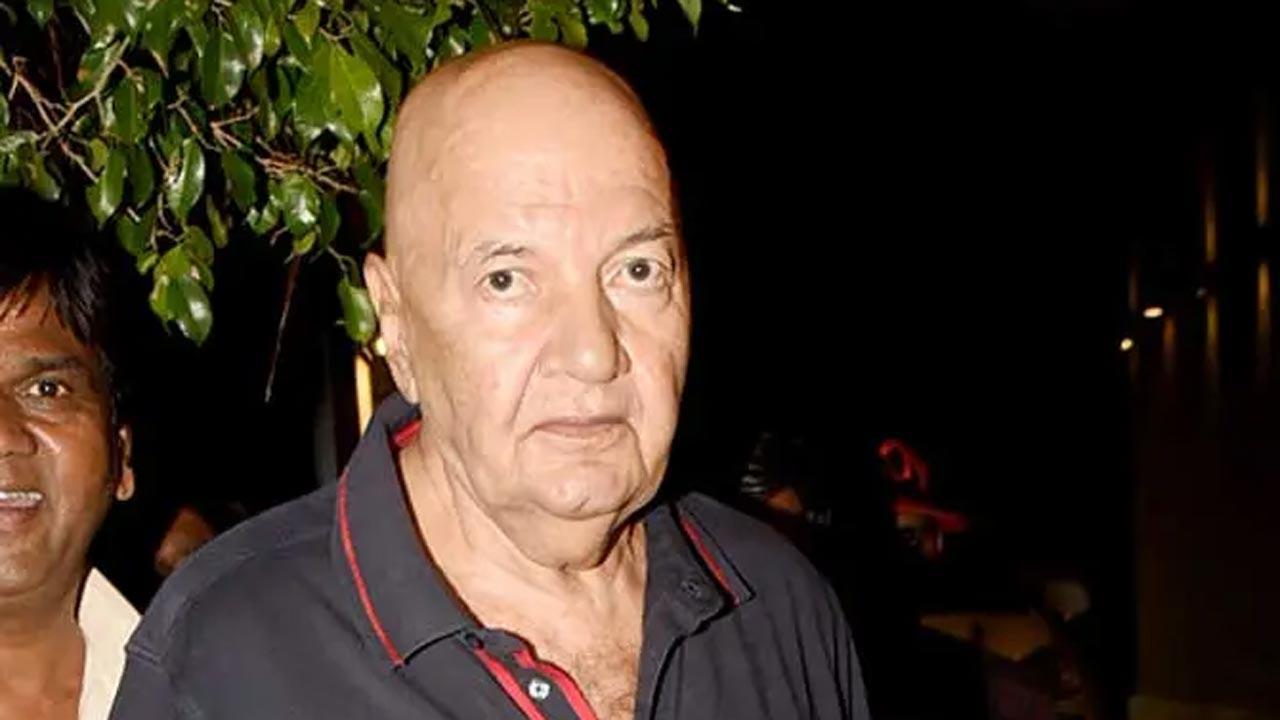Home / Entertainment / Bollywood News / Article /
'Prem naam hai mera': How Prem Chopra became the man we love to hate
Updated On: 24 September, 2022 10:44 AM IST | Mumbai | IANS
He did play the hero in a handful of Punjabi and Hindi films, but earned more fame as a new kind of villain, with his trademark licentious gleam, lascivious sneer, and a voice that could switch from silken menace to wheedling entreaty

Prem Chopra. Pic/Yogen Shah
With his rakish good looks and fondness for acting, he dreamed of making it big in Hindi films, and did achieve his aim -- but not the way he had intended. He did play the hero in a handful of Punjabi and Hindi films, but earned more fame as a new kind of villain, with his trademark licentious gleam, lascivious sneer, and a voice that could switch from silken menace to wheedling entreaty.
A combination of circumstances nudged him into becoming a negative character, who should "look and behave like a villain, yet be good-looking enough for the heroine to fall in love with him" (as stated in his biography), and from there, Prem Chopra, who turned 87 on Friday, went on to become a Bollywood institution.



